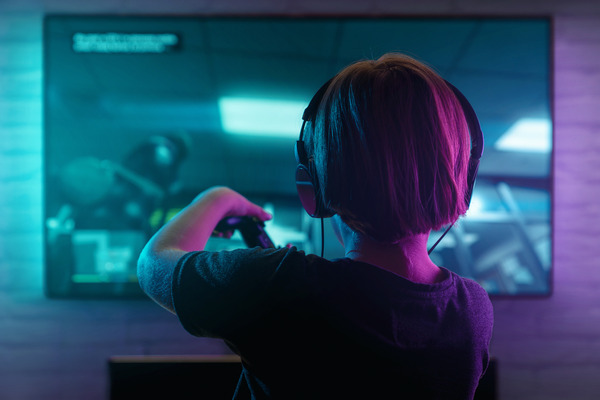
During the evolution of human beings, the learning methods that they have used have changed, as have the tools they use to carry out this purpose.
These methodologies and tools have been evolving at the same pace as humans have going from having very archaic and questionable characteristics to being involved in technology and modernism, with its consequent complexity.
Learning and its evolution with the emergence of new technologies
We could say that until relatively recently, the only teaching method for children of infant age and older groups was the directive methodology taught in conventional schools that everyone knows. At the same time, for several years, A much less directive and freer type of education based on the needs and preferences of each child is beginning to be normalized and established in which experience prevails.
This type of education has both defenders and detractors. The latter allege that this type of education is neither serious nor productive since so much importance is not given to purely academic and book-based learning, despite all the scientific research that supports this new methodology.
The fact that humanity has always feared the new is no mystery. This phenomenon of aversion to the new or resistance to change, in this case to learning with new technologies, produces strong debates for a long time until the new paradigm ends up being accepted, leaving behind a trail of polarized research and a feeling of obviousness. facing the new paradigm. It is simply a cultural change that, sooner or later, will occur
New tools for teaching and learning: video games
Currently, a strong debate is being generated in relation to a new paradigm that is being created and established little by little: the normalization of the use of new technologies from a very early age. This paradigm encompasses the entire phenomenon that is occurring in relation to the high “technologicalization” that society is experiencing in the most developed countries.
As in the case that we have previously commented on the new learning methodologies at school ages, a similar situation is now occurring but this time, in relation to the tools that are used to carry out teaching or learning. In this case We are talking about the use of video games as tools to carry out learning or to enhance it and which is currently undergoing an increasingly broad debate within the discipline of psychology.
Technologies that are here to stay
Before making any judgment against the use of video games as a tool through which to learn, we should seriously take into account the context in which we find ourselves in the most developed countries and analyze the evolutionary process that has followed. humanity, since electronic devices (just as analog devices did in their day) are part of the daily lives of the new generations nicknamed “digital natives.”
These same generations grow from almost the first moment surrounded by smartphones, tablets, consoles and countless electronic devices that lay the foundations for its growth in the information age. So that, It could be almost absurd to try to look the other way and deny a natural evolutionary process discrediting forms and ways of learning that may be much closer to the young people of today’s society and defending other methodologies and tools that did their job well for years, but that over the years may be becoming obsolete because they do not feel identified with them the subjects to whom they are dedicated.
Video games are excellent creativity enhancers
For us, as a company specialized in the psychological analysis of video games and their therapeutic and educational use, one of the areas of learning to which we place the most value is creativity, since it is an area that allows us to develop and enhance the Autonomous Learning.
Video games like the famous Minecraft become powerful tools to encourage creativity since They allow the player to enter a world where they can create highly complex architectural works at the same time they experience an adventure in which they have to survive the hordes of enemies and gather food.
The fact of combining construction with adventure becomes a way for the player to learn basic rules of construction and architecture, in addition to allowing him to unleash all his creativity, which will be enhanced and polished as he spends more hours. playing the video game. We could even say that Minecraft is a 3D creation tool with a gamified approach and dedicated to people without programming knowledge or 3D modeling; Therefore, it is an interesting and useful way to bring these possibilities closer to the youngest and learn by knowing and experimenting in a more playful way.

“Serious Games”: video games made to teach
Other examples of video games with great educational power are “Serious Games”, which are explicitly developed to provide an educational experience in which to learn all kinds of things depending on their theme and which become tools created with the clear intention of promote autonomous learning in a playful way adapted to the youth of the current era.
These and many more are some of the video games that are currently used in some classes around the world to teach academic content and also motivate students to learn them in an innovative and fun way. Society advances and with it technology, and inevitable change forces adaptation and brings with it new forms of learning, among many other things
The example of Sincrolab: video games in neuropsychological intervention
Syncrolab is a cognitive training platform based on Artificial Intelligence that aims to help people recover or develop their cognitive abilities in an individualized manner. It is a tool designed for therapists and patients.
The benefits of this application have been scientifically proven and its games are the basis for each patient to improve their mental agility. In addition, individualized reports on user performance are offered periodically. The implementation of Sincrolab has positive effects in cases of ADHD, among other neuropsychological disorders.








